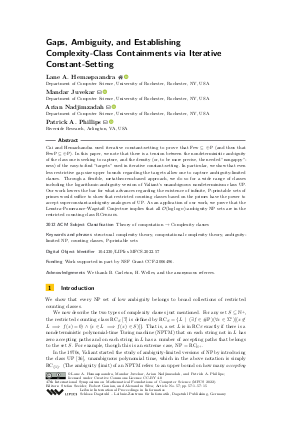LIPIcs.MFCS.2022.57.pdf
- Filesize: 0.76 MB
- 15 pages

 Creative Commons Attribution 4.0 International license
Creative Commons Attribution 4.0 International license






































Feedback for Dagstuhl Publishing